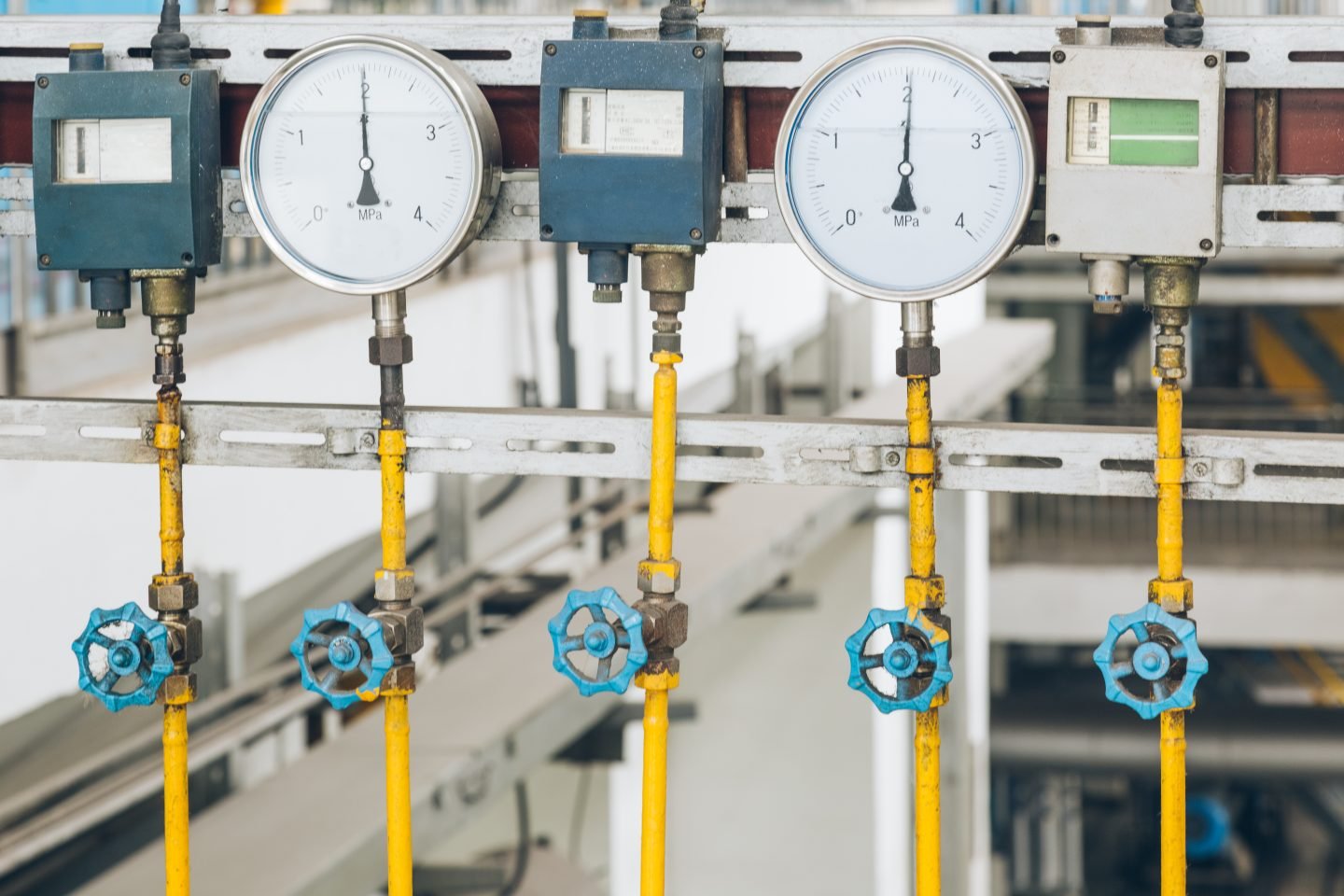
Choosing the correct pump size is crucial for the efficiency and longevity of any pumping system. An improperly sized pump can lead to increased energy costs, reduced performance, and a shorter lifespan. For businesses and industries where pumps play a pivotal role, consulting with experienced professionals, such as roper pump distributors, can provide invaluable insights into selecting the right pump size to suit specific needs.
Pump sizing is an essential process that involves several technical considerations. By understanding these factors, you can ensure your system runs efficiently and effectively, minimizing downtime and maximizing productivity.
Key Takeaways:
- Correct pump size is essential for maximizing system efficiency and longevity.
- Key factors in pump sizing include flow rate, head, fluid properties, and system design.
- Consulting with professionals and utilizing available tools can help choose the right pump size.
Table of Contents:
- The Importance of Correct Pump Sizing
- Key Factors in Sizing a Pump
- Understanding Flow Rate and Head
- Considering Fluid Properties
- Using Tools and Resources for Accurate Sizing
- When to Consult a Professional
- Future Trends in Pump Technology and Sizing
The Importance of Correct Pump Sizing
Proper pump sizing is integral to the efficiency and cost-effectiveness of fluid transport systems. An oversized pump can lead to excessive energy consumption and operational inefficiency. Conversely, a pump that is too small may not deliver the desired flow rates, leading to unacceptable performance. By taking the time to accurately size a pump, you can ensure that the system operates within its optimal range, which helps reduce wear and tear, save on energy costs, and prolong the life of the system components.
Key Factors in Sizing a Pump
Several core factors must be considered when sizing a pump to ensure a correct fit for the application. These include the desired flow rate, the total dynamic head (TDH), the properties of the fluid being pumped, and the system’s layout. Each element plays a significant role in determining which pump will best meet the system’s requirements.
Understanding Flow Rate and Head
The flow rate measures the volume of liquid that passes through a pump in a given period, usually quantified in gallons per minute (GPM). The required flow rate depends on the application’s specific needs. The head, often called the total dynamic head (TDH), measures a pump’s capacity to move fluid vertically, overcoming both elevation differences and pressure losses within the system. Understanding these metrics is crucial as they form the basis for selecting a pump with suitable characteristics for the intended application.
Considering Fluid Properties
The fluid’s properties, such as its viscosity, density, temperature, and chemical composition, can significantly impact pump sizing. For example, viscous fluids require more power to pump due to increased resistance. Similarly, corrosive or abrasive fluids necessitate materials that can withstand such properties to prevent premature wearing. Factoring in these properties ensures efficient operation and helps prevent potential system failures.
Using Tools and Resources for Accurate Sizing
Calculation tools and pump sizing software greatly aid in determining the right pump size. These tools allow for comprehensive analysis based on your system’s specific parameters. They are designed to accurately compute energy efficiency, flow rates, and head requirements, thus simplifying the selection process.
When to Consult a Professional
Although many online tools and resources are available, there are instances when consulting with an experienced professional is highly recommended. Complex systems with variable conditions, changes in operational needs, or critical applications may benefit from expert insight to ensure accuracy in pump sizing. Professionals can provide tailored advice that accounts for all variables and potential pitfalls, delivering effective and economical solutions.
Future Trends in Pump Technology and Sizing
With advancements in technology, pump sizing is becoming increasingly precise and efficient. Integrating IoT and smart sensors in pumps allows for real-time monitoring and predictive analytics, which provide insights into system performance and necessary adjustments. These innovations are paving the way for more responsive and adaptive fluid transport systems, reducing errors in pump sizing and improving overall efficiency. As the technology progresses, industries can expect even more sophisticated and user-friendly tools to aid in pump selection.
Correct pump sizing is critical to designing efficient and sustainable fluid transport systems. By considering each application’s unique requirements and leveraging available technologies and expertise, businesses can enhance their operational efficiency, reduce costs, and achieve long-term system reliability.
